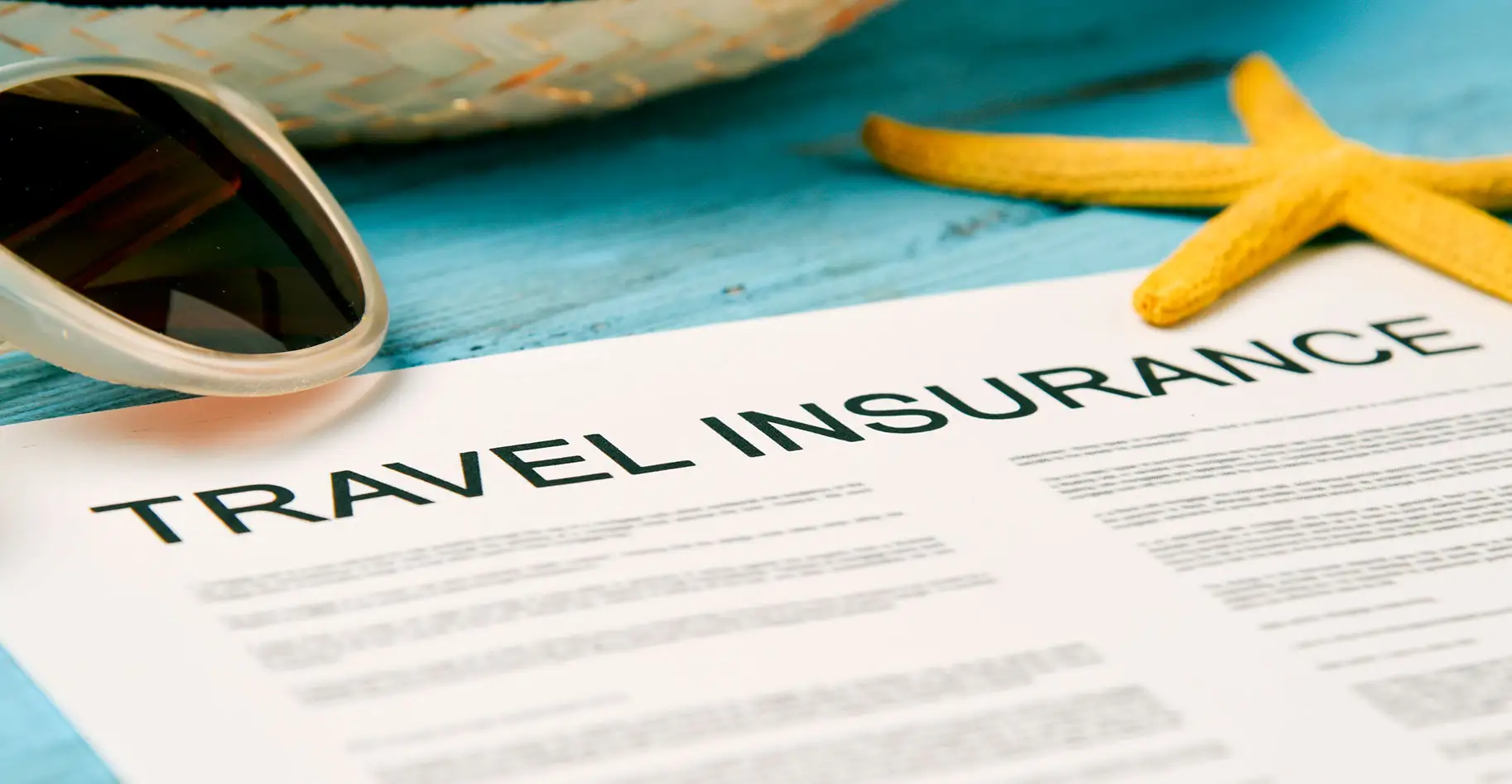How to Read a Travel Insurance Policy
Angela Borden | May 27, 2022

Do I Really Need to Read my Travel Insurance Policy?
We know it’s not a fun topic, but believe it or not, it’s an important one. How do you read an insurance policy (also called a plan document)? Anytime you buy an insurance product, you should review a copy of your policy. Notice we didn’t say you have to study it or read it closely line by line.
By reviewing your plan document, you’ll have an idea of what coverage and benefits you are receiving, and the items or situations that will not be covered. Unfortunately, most people don’t take the time to review the insurance plan they bought. Unlike those new shoes or computers you buy and can’t wait to use, you purchase insurance hoping to never think about it again. But as you’ll see, that can be a costly mistake.
Reading through the document can help in three main ways:
- You can determine whether you have the right coverage for you and your trip. There are different types of travel insurance, and you don’t want to find yourself with the wrong kind, or too little — or even too much — coverage.
- It may remove some of the frustration from the claims process. When people skip this review step, they are often confused about their benefits and disappointed if their situation is not covered if they do have to file a claim against their policy.
- You are aware of certain actions you must take, such as filing a claim within a certain time period.
All these details are stated in the policy. The only way to truly understand the coverage you purchased and be aware of those details is to actually read the plan document.
Familiarizing yourself with a legal document
Your insurance policy is a legal document, and a contract between you and your insurance company. It is the standard by which the insurance company uses to determine if a claim is payable. The website and the product brochure provide a basic summary of
coverage; they do not cover all details. In the end, it all comes down to the language in the plan document. So, if you really want to know what you are getting for the money you paid, you need to read the policy.
If you are not used to reading contracts or other types of legal documents, this guide provides a way to approach reading a policy that will make it easier.
Also, remember that you can always call your insurance company and ask them questions. Believe it or not, they want to make sure you understand what you bought, so there is no confusion later. One of the most frequent frustrations for consumers is when they buy a policy and think something is covered only to find out later it never was. Seven Corners’ sales team includes only licensed insurance agents, and they are happy to answer your questions.
Free look period
An important part of the review process is knowing about the free look period. Most travel insurance options (not all, and this can vary with state regulations) have a free look period during which you can take time to review the policy you’ve purchased and if you decide it’s not right for you, return it for a refund. Ask about this before buying if you don’t see it posted on the company’s website. You can typically find this language in the plan document.

Key Components of a Travel Insurance Policy
Insuring clauses and exclusions
When you read a policy, there are two main things you should focus on learning: what’s covered and what’s not covered. There are two sections of the contract that explain this.
- The Insuring Clause: This details the intent of the plan, or in other words, what the insurance is meant to cover. Oftentimes, there will be a listing of items here to summarize what services and benefits are included. Read through this so you understand the purpose of the policy.
- Exclusions and Limitations: This is a list (with details) of anything that is not covered. Exclusions are firm, and if an item is stated as excluded, it is not going to be covered. There could be exclusions that apply to specific benefits and also a list of general exclusions that apply to all the benefits and coverage provided by the plan. For example, trip protection plans typically exclude items like antiques and prosthetic devices from baggage and personal effects protection.
Definitions
This may not sound like a big topic, but it’s very important because coverage for a specific item can hinge on the definition. You will see capitalized and/or words in bold throughout the policy, and all these words will be included in the definitions section.
You cannot apply a standard dictionary definition to a defined term in the policy. The interpretation of the policy will be based on how it is defined within the policy itself. For example, the definition for a physician may state that it cannot include a relative of yours. This means that if you see Uncle Billy for your pneumonia, and he gives you a prescription for an antibiotic and charges you $150 for an office visit, it will not be covered.
Eligibility
This is the section of the policy that describes who can purchase it. Make sure you look at this, especially if you are buying a policy online. Most travel insurance will normally specify that you can add a traveling companion or “other,” or they will state that you can only buy coverage for dependents. The term “dependent” will likely be defined in the definitions section.
Additionally, some types of travel insurance are available only to U.S. residents, while others are available only to non-U.S. residents, so it’s important to read this. If you buy a plan that only covers U.S. residents for your Aunt Margaret, who lives in Ireland, she will not be covered if she has to file a claim.
Clear as Mud?
Hopefully, this quick study on insurance policies sheds some light on how to review them so you have a better understanding of what you bought or are planning to buy. No one will argue that policies can be confusing, but if you read a little and ask a few questions, you can be well-informed and know what to expect from the product you purchased.
Seven Corners Customer Service
At Seven Corners, our sales team is available to answer questions about any of our travel insurance products. They are here to help you choose the best coverage for you and your situation. You can email sales@sevencorners.com, call 1-800-335-0611, or chat with them online.
Search Posts
Receive our monthly inspiration and travel tips from the travel insurance experts.
Sign me upThis website and various social media updates provided by Seven Corners contain content, information, articles, videos, and links to websites created by third parties. Seven Corners, its owners, and its employees neither endorse nor are responsible for the accuracy, timeliness, or reliability of any third-party information, statements, opinions, or advice and are not liable for any loss, harm, or damage caused by your reliance upon them. Use of such information or the linked websites is entirely at your risk. Concerns regarding this third-party content should be directed to the third party. Seek professional advice, as appropriate, regarding your use of such information and websites.
Because the information on this website and in Seven Corners’ blogs and other social media is written and compiled using knowledge and information available at a certain point in time, it may become outdated. For that reason, information, events, legal requirements, and product changes (including benefits, limitations, exclusions, and services) may not be up-to-date, complete, or accurate at the point in time it is being read. Again, use of such information is at your risk.
